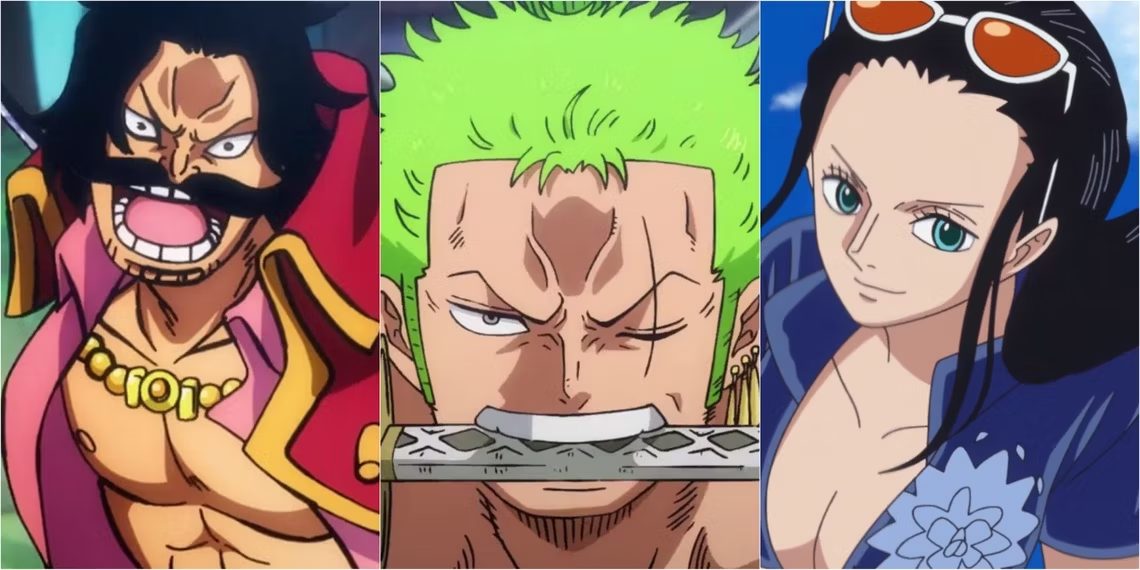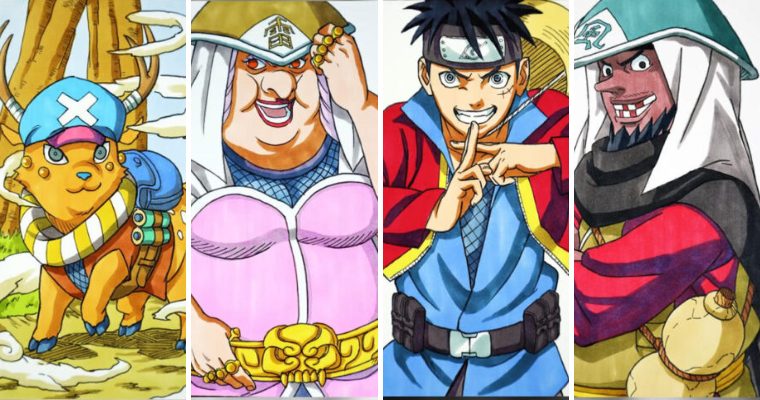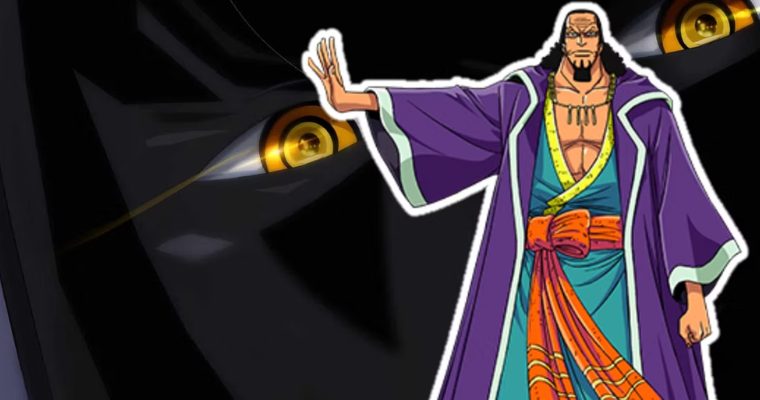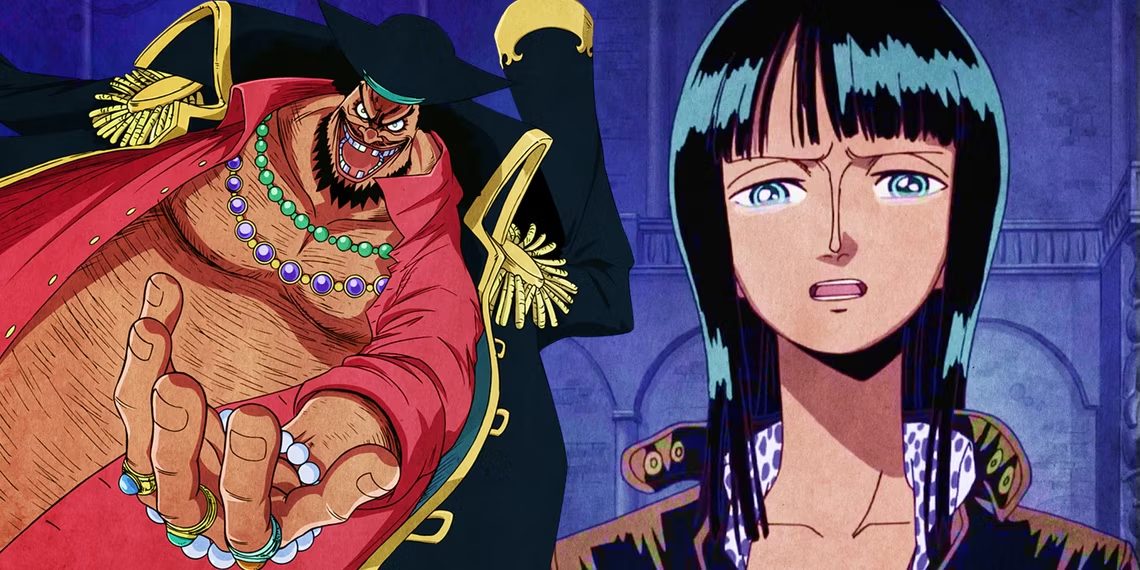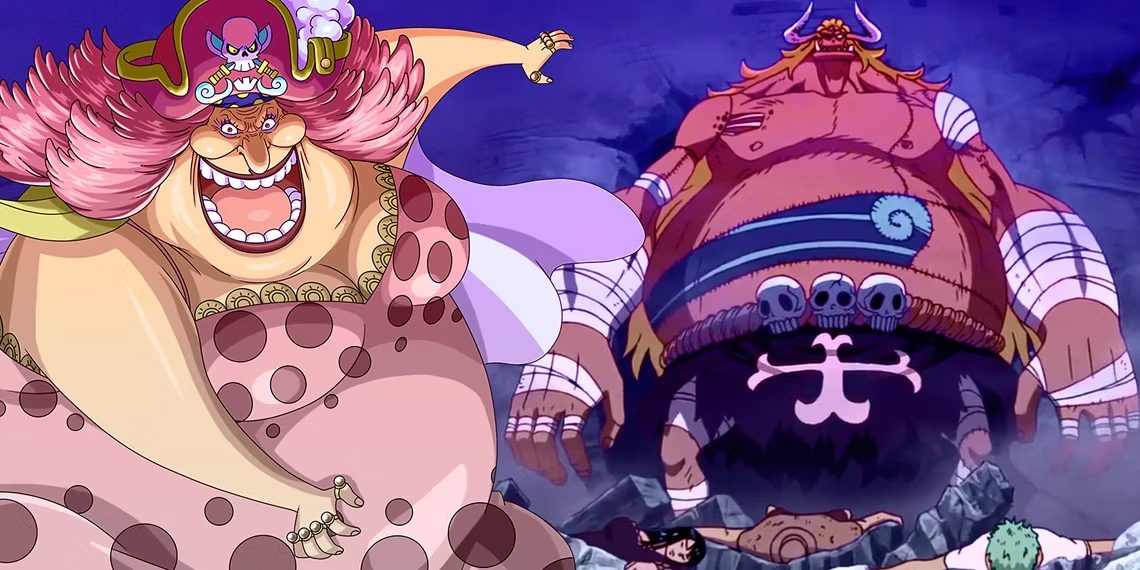Who’s the baddest of them all?

The Marvel movies are beloved the world over, and they are consistent box office and critical hits. But if there’s an Achilles heel to the Marvel Cinematic Universe, it’s its villains. They’re not particular good or even interesting. And given how many films they’ve made now, it’s become a bit of a running joke that Marvel’s villains are lackluster. Of course, they make up for it in the protagonist department, but that doesn’t mean creating a fascinating Marvel movie villain is impossible. In fact, they’ve come close a few times and there is one indisputable great Marvel movie villain.
So as we await the release of the latest film in the MCU, let’s look back on every major Marvel movie villain to date ranked from worst to best. Be aware there are spoilers discussed.
Note: I only included major villains in this piece, or characters who at one point in the story served as a primary/major antagonistic force to our hero. So while Kursed and Crossbones are in the MCU, it’s unfair to compare their character-lite screentime with other major villains, and thus they’ve been left off the list.
22. Namor – Black Panther: Wakanda Forever
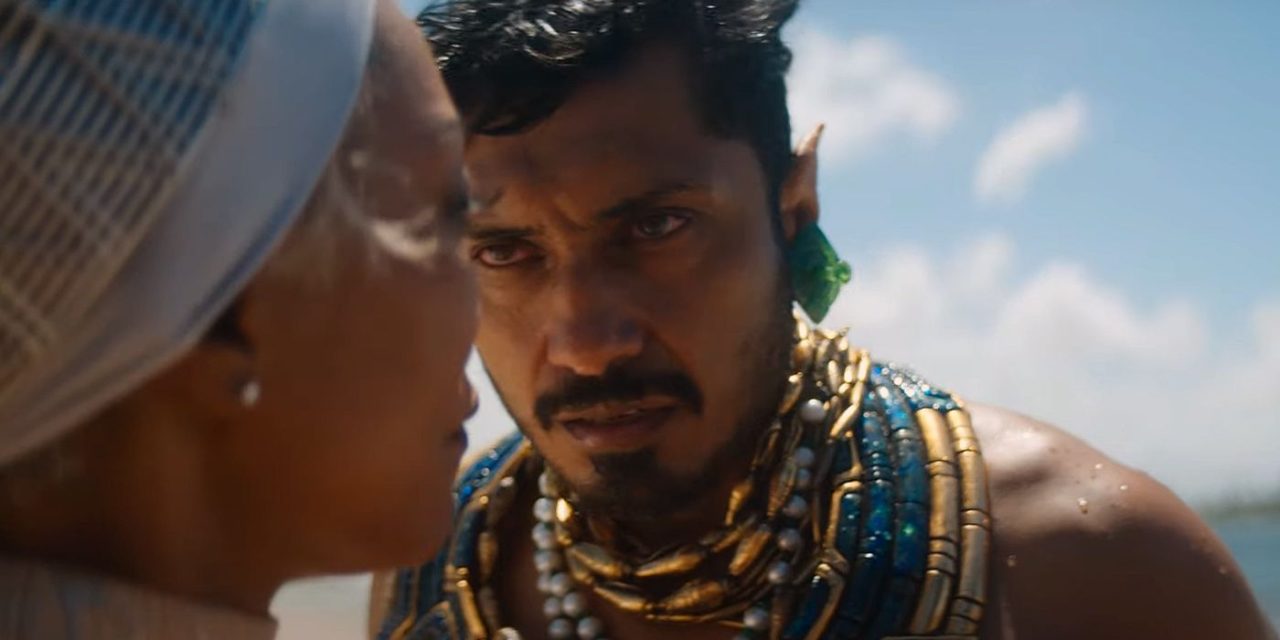
While Black Panther: Wakanda Forever offered us a great introduction to Namor (Tenoch Huerta Mejía), the underwater ruler of Talokan is neither the most deadly villain nor the most sympathetic. His motivations are rather short-sighted as he proposes to Shuri (Letitia Wright) that the two of them should ally Wakanda and Talokan together to take over the world. His attack on Wakanda is brutal, and he is undoubtedly powerful, but this is a guy who can essentially be defeated by a couple of well-placed radiators if he’s not near a body of water. Still, he has a higher spot on the list due to Huerta’s performance. Full of intensity and surprisingly sinister at moments, Namor straddles the line between hero and villain. He has done some truly awful things while also uplifting and protecting his community of people. We can understand why he would do the things he does. Admittedly he doesn’t straddle the line as deftly as some of the other villains on this list, but it’s effective enough to make us want more of him. — Therese Lacson
21. Hela – Thor: Ragnarok
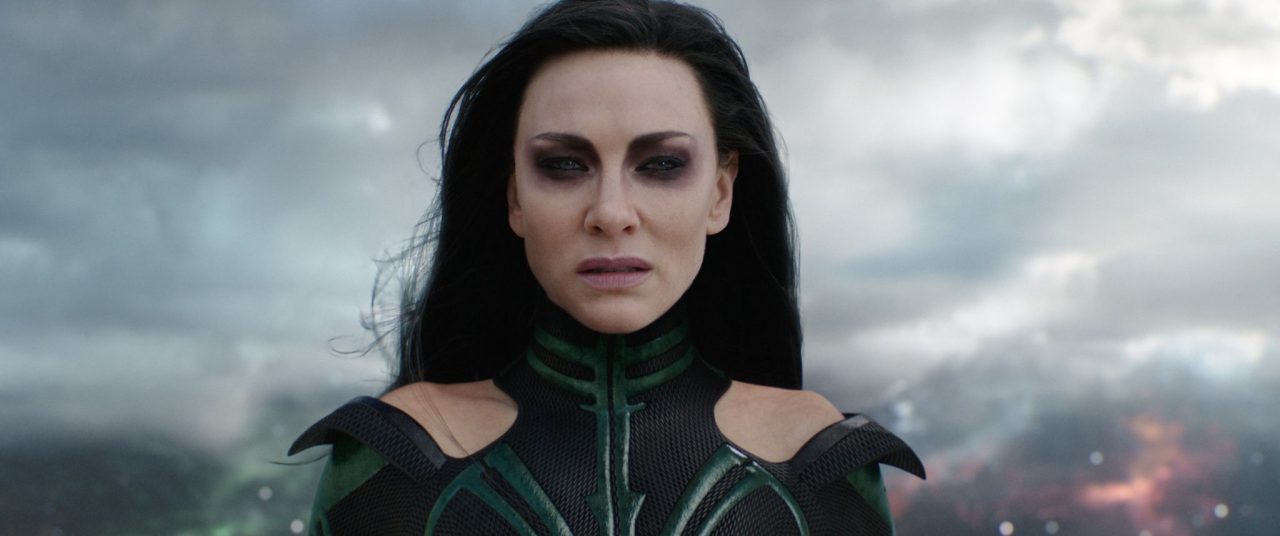
When you cast an Oscar-winning performer like Cate Blanchett, who also happens to be one of the greatest actresses working today, you don’t necessarily expect her to show up ready to play. But that’s exactly what she did with Hela in Thor: Ragnarok. There’s not really any major effort made to offer a deep context to Hela’s actions, and there’s no major twist at the end—she’s just a jilted wannabe Queen of Asgard, and she’s gonna look great trying to take over the throne.
This would be disappointing in most other Marvel movies, but Thor: Ragnarok is here to play. Taika Waititi‘s approach to the film is to make it as fun as possible, and while Hela’s origin twist at the beginning of the movie adds a bit emotional shading to the whole ordeal, mostly she’s just here to chew the scenery and have a blast doing it. And that’s perfectly fine. So while Hela may not be the most memorable of villains when it comes to plans or machinations, she serves the film she’s in perfectly, making this a successful turn. — Adam Chitwood
20. Agatha Harkness – WandaVision

When Wanda realized that there was something off about this perfect utopia that she had created for herself, it didn’t take long to realize that it was Agatha all along. Instead of being just another brainwashed resident of Westview, Agatha is a witch who wants to help Wanda see her true potential as the Scarlett Witch. Kathryn Hahn had a tall order playing the character given that she had to keep switching acting styles to suit the sitcom time periods in addition to putting on a facade for Wanda. Even though Wanda was able to defeat her, Agatha did win in a way given Wanda’s actions in Multiverse of Madness. Thankfully, unlike those poor Illuminati members, we’ll be seeing Agatha again in her own spin-off series. — Aidan Kelley
19. Mysterio – Spider-Man: Far From Home
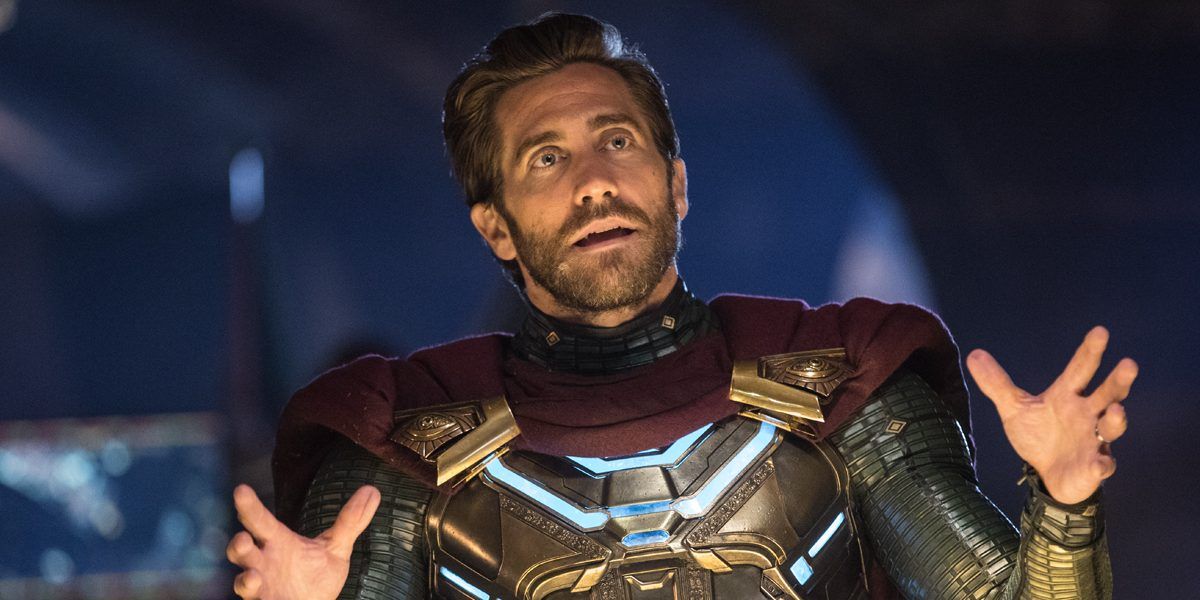
The tricky thing about Mysterio is you have to spend half the movie pretending he’s a good guy, even when you know he’s not. Jake Gyllenhaal does a convincing job (that’s why he’s Jake Gyllenhaal), and indeed the entire idea behind casting Gyllenhaal in this role was to be able to elicit two different kinds of performances from the talented actor. And he does well! But it doesn’t change the fact that you spend the first half of the movie just waiting for the other shoe to drop, which knocks Mysterio down a couple pegs in relation to other MCU baddies who get the entire screentime to develop.
But when that other shoe does drop, Mysterio’s an interesting guy. The notion of “fake news” and selling the world an alternate reality certainly rings true to 2019, and the final Mysterio twist is certainly one of the most significant impacts a villain has ever had on an MCU hero. You just end up a tiny bit unfulfilled, wishing you had more time with the real Mysterio. — Adam Chitwood
18. Aldrich Killian – Iron Man 3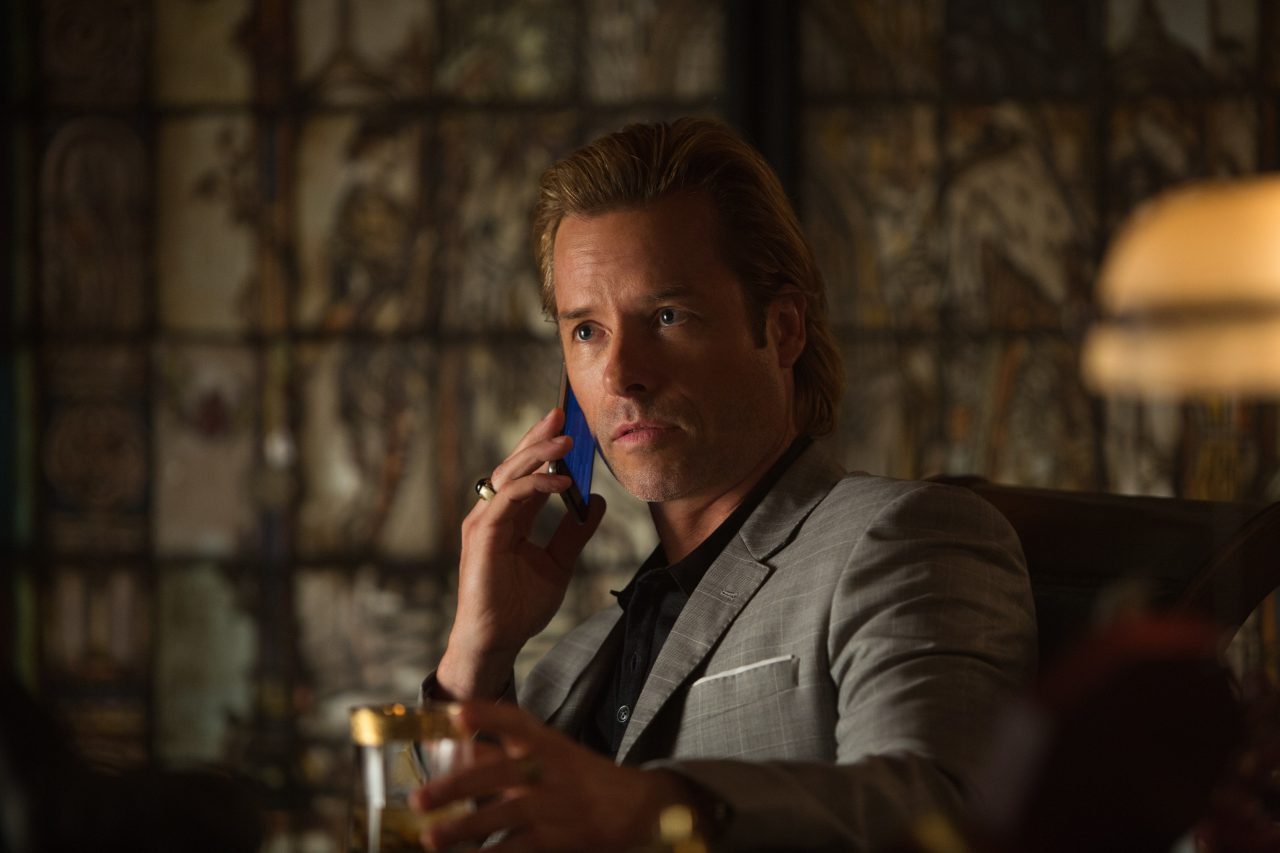
Ah yes, one of Marvel’s most controversial villains. I’ll say this up front: I think Iron Man 3 is one of Marvel’s best films, and I think that extends to the characterization of Aldrich Killian. If you’re a Mandarin purist the film allows you to consider Killian the “real” Mandarin, but the character of Killian himself is fascinating. Here’s a guy who was ignored by Tony Stark, who rebuilt himself better, bigger, and badder, and who actually has a brilliant approach to global terrorism: make it theatrical. There’s no rule that says the main terrorist has to be the face of the organization, and if he’s reaping the benefits of their operations regardless, why not hide in plain sight? Killian goes a bit Bond villain in the third act, but Guy Pearce’s performance is fascinating to watch, and it supports the Mandarin reveal in an interesting way. — Adam Chitwood
17. Ultron – Avengers: Age of Ultron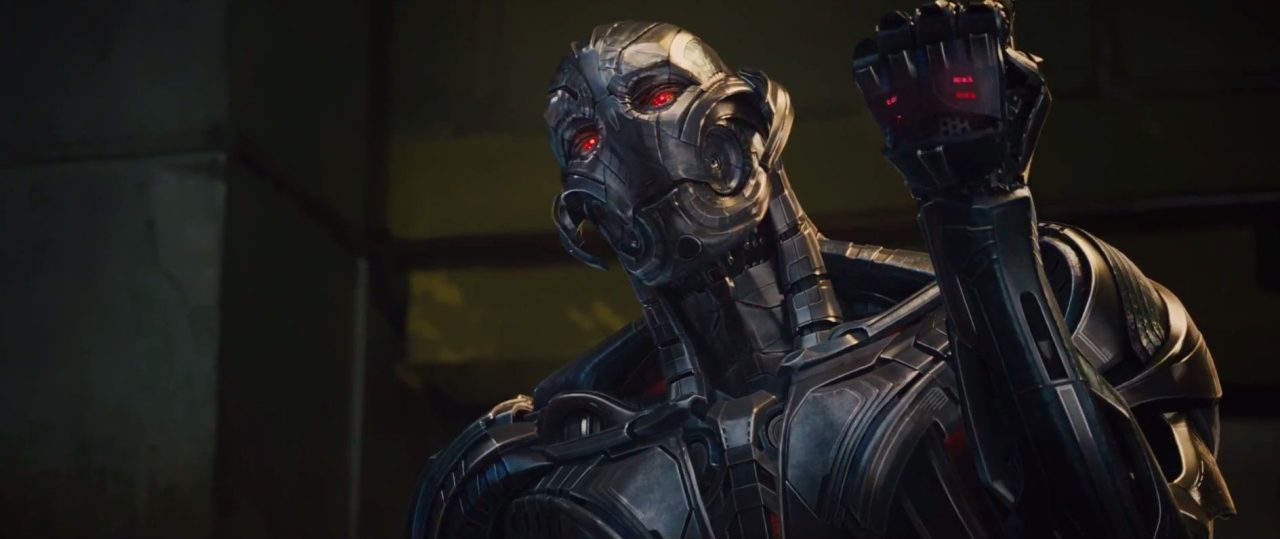
Avengers: Age of Ultron is quite one of the weirdest movies Marvel has made thus far, and considering it’s the sequel to their first BIG movie, that’s quite a risk. Writer/director Joss Whedon is asking big, difficult, and dark questions with this film concerning parentage and basic humanism, and James Spader’s evil robot Ultron is something of a mouthpiece for these ideas and concerns. Ultron is essentially Tony’s legacy in humanoid form, and this is a story of a son denying his father and carving out a legacy of his own. While the visual design of the character is a bit underwhelming, his motivations and Shakespearean-like dialogue are delectable, and Spader makes a meal of it. That final scene between Ultron and Vision, in which they discuss the value of humanity itself, is something that could only come from the mind of Whedon in the context of a massive blockbuster sequel, and Ultron makes for one of the MCU’s very best baddies. — Adam Chitwood
16. He Who Remains – Loki
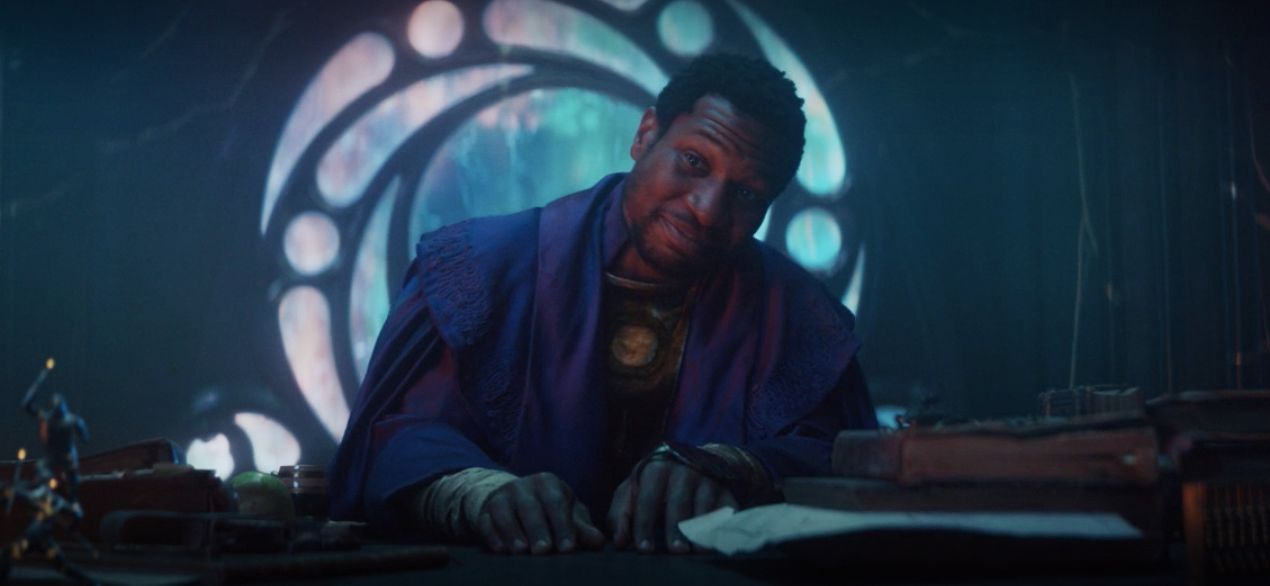
Jonathan Majors’s all-powerful character in Loki isn’t Kang the Conqueror (kind of). Kang is a variant of He Who Remains that we are introduced to in Ant-Man and the Wasp: Quantumania. But in Loki, Majors gives us a tease of what to expect when he plays the blue time traveler, and what a tease it is. He Who Remains has unique motivations over the other MCU baddies. Why does he want Loki and Sylvie to kill him? Simple: He’s bored. After eons of crafting the perfect timeline and controlling variants who step out of line, all He Who Remains wants now is to be at rest. Is it selfish for someone to throw the multiverse into chaos just because they were tired? Oh yes, but whatever sanity He Who Remains had left died when Sylvie plunged her blade into his chest, potentially setting up grave consequences for the entirety of the multiverse. — Aidan Kelley
15. Gorr the God Butcher – Thor: Love and Thunder
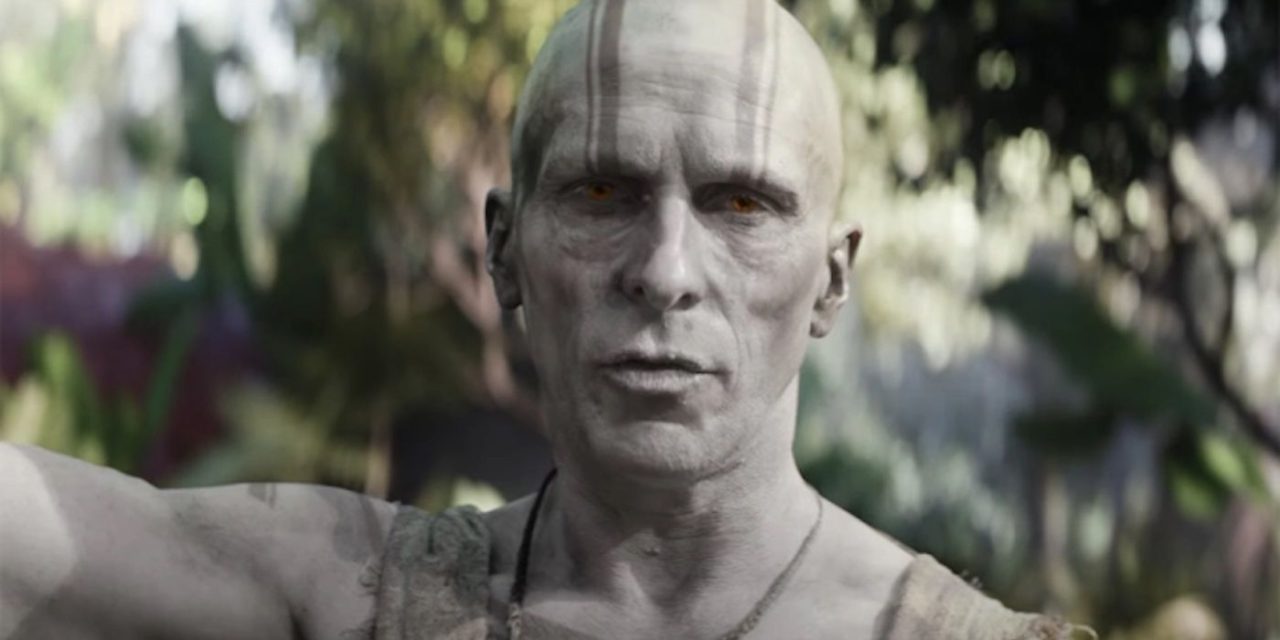
No villain on this list has quite the creepiness factor of Gorr. His feverish addiction to god slaying and mustache-twirling charisma makes him one of the scariest villains in the entire MCU. As scary as he is, however, he still had a believable motivation and a sympathetic backstory, proving that there is a method to his madness that needs to break out for the sake of his daughter’s memory. Gorr’s failure to make it into the top ten is through no fault of his own, nor Christian Bale for that matter who gave his performance his all as per usual. Gorr simply isn’t in Thor: Love and Thunder enough. He steals every scene he’s in, but that’s only a handful of scenes. Had Gorr’s screen presence been increased in favor of decreasing the Omnipotence City stuff, Gorr the God Butcher could easily be in the top five of the MCU rogue’s gallery. — Aidan Kelley
14. Ego – Guardians of the Galaxy Vol. 2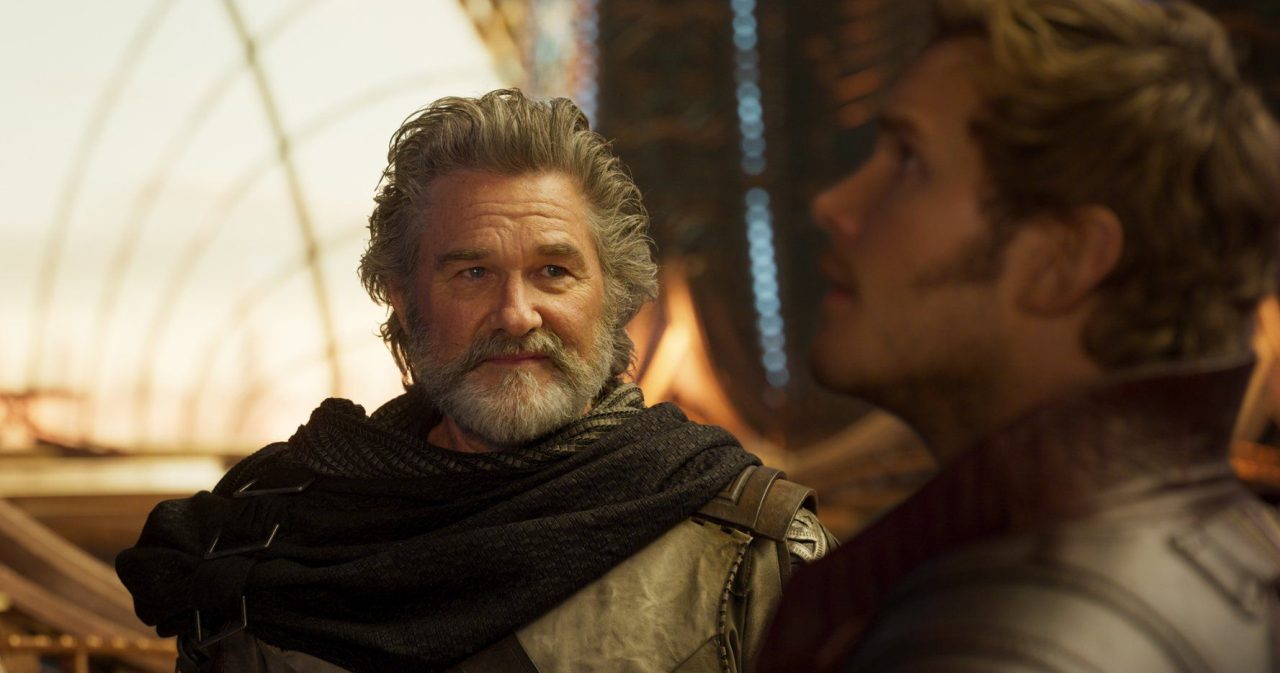
Ego the Living Planet certainly has one of the better story arcs of any Marvel villain, especially given how it plays out narratively. Elizabeth Debicki‘s Ayesha turns out to be something of a red herring in Guardians of the Galaxy Vol. 2—a pre-villain of sorts, as her story in the film is really just about setting up her future role in the creation of Adam Warlock and using her as a physical antagonist towards the end of the film. The real villain of Guardians 2 is Kurt Russell‘s Ego, who we’ve spent the majority of the runtime believing is Star-Lord’s benevolent and long-lost father. James Gunn‘s decision to tie the emotional drive of the movie with the villain’s story is an inspired one, as the backbone of the film is Star-Lord finally getting to have a relationship with his father, only to learn that his dad is a deadbeat. The fact that Gunn uses these two otherworldly beings to tell such a grounded, relatable story is one of the film’s greatest strengths, and Russell absolutely kills it in this role.
While the film does devolve into a CG-filled battle at the end, Ego is mostly a pretty great, complex, and interesting character who mucks up the plans of our heroes in a way that’s inherently tied to the emotional stakes of the film, not just as some physical force to be reckoned with. That makes him stand out amongst the library of lackluster MCU villains thus far. — Adam Chitwood
13. The Winter Soldier – Captain America: The Winter Soldier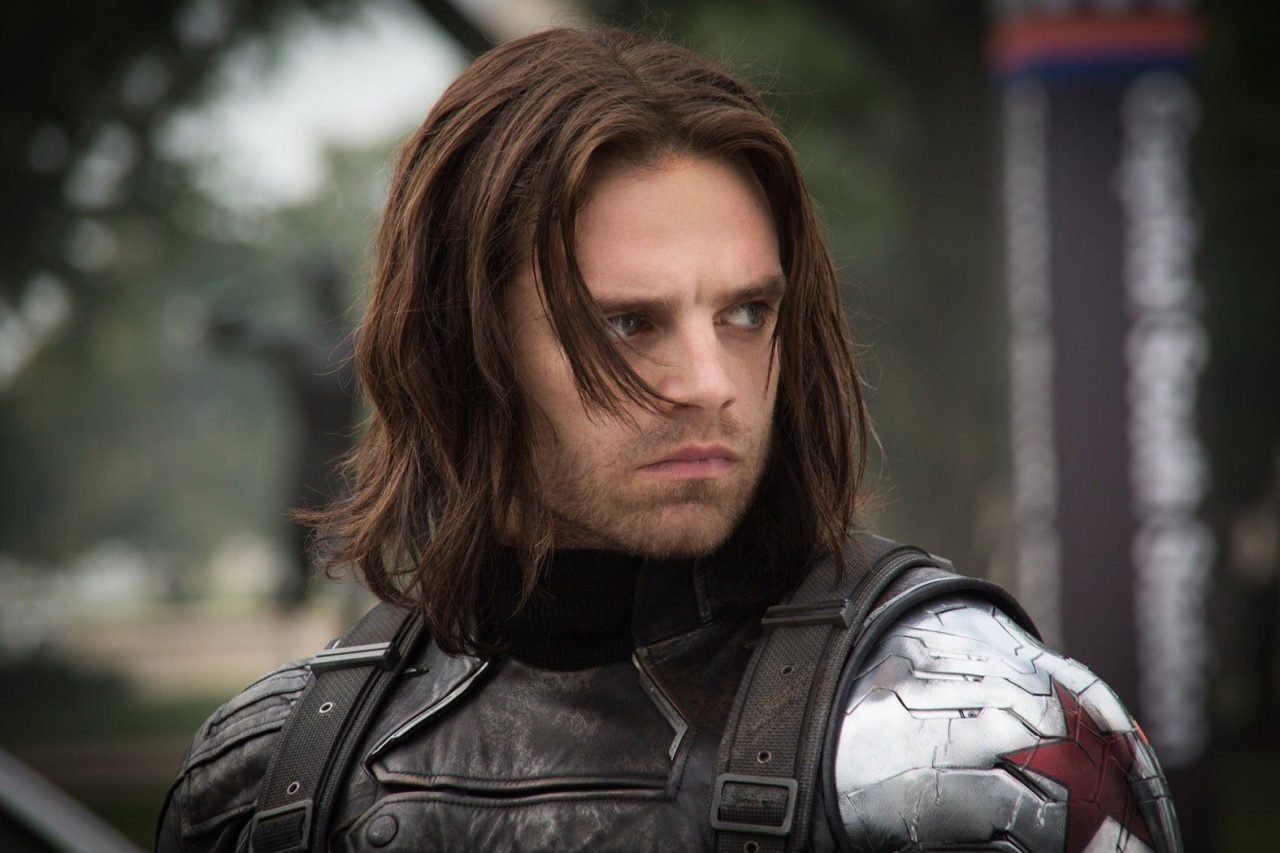
From a physical standpoint, The Winter Soldier/Bucky Barnes is one of the most formidable baddies in the MCU. He’s lead to some of the franchise’s best close-quarters combat scenes and offers an emotional point of conflict with Steve Rogers. But at the end of the day, his motivation in Captain America: The Winter Soldier is simply “I’m brainwashed,” and we really never get to see much of Bucky shining through or reckoning with what’s happened to him, so from an emotional standpoint it’s a bit disappointing. Ultimately, “The Winter Soldier” is a physical obstacle whereas Alexander Pierce plays the more straightforward villain of the story. Regardless, Sebastian Stan’s Bucky is a really strong visual antagonist and the personal connection to Steve Rogers makes the audience investment all the more significant, and Bucky’s arc in the films following The Winter Soldier only make his impression that much stronger. — Adam Chitwood
12. Helmut Zemo – Captain America: Civil War
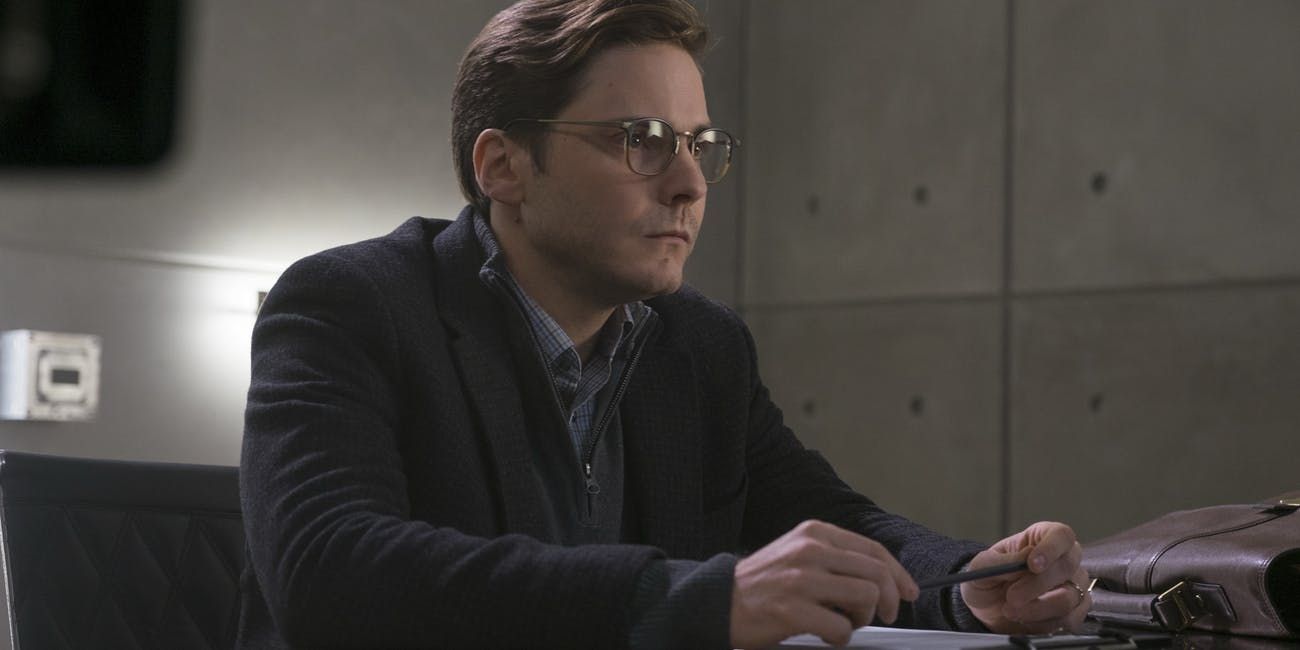
Captain America: Civil War is a surprising film, and that extends to Daniel Bruhl’s villainous Helmut Zemo. A revenge thriller is not exactly a new idea, but the lengths to which Zemo goes to exact his revenge, and the way in which it’s enacted, are refreshingly complex and very much grounded in character and emotion. You do have to make some pretty big leaps in logic to follow along, but the impact is the same: Zemo gets Iron Man and Captain America to destroy each other, to destroy the Avengers, to make them pay for killing his family in their careless assault on Sokovia. In some ways, the Avengers themselves are the villains of Civil War, and Bruhl’s Zemo underlines this wonderfully. — Adam Chitwood
11. Justin Hammer – Iron Man 2
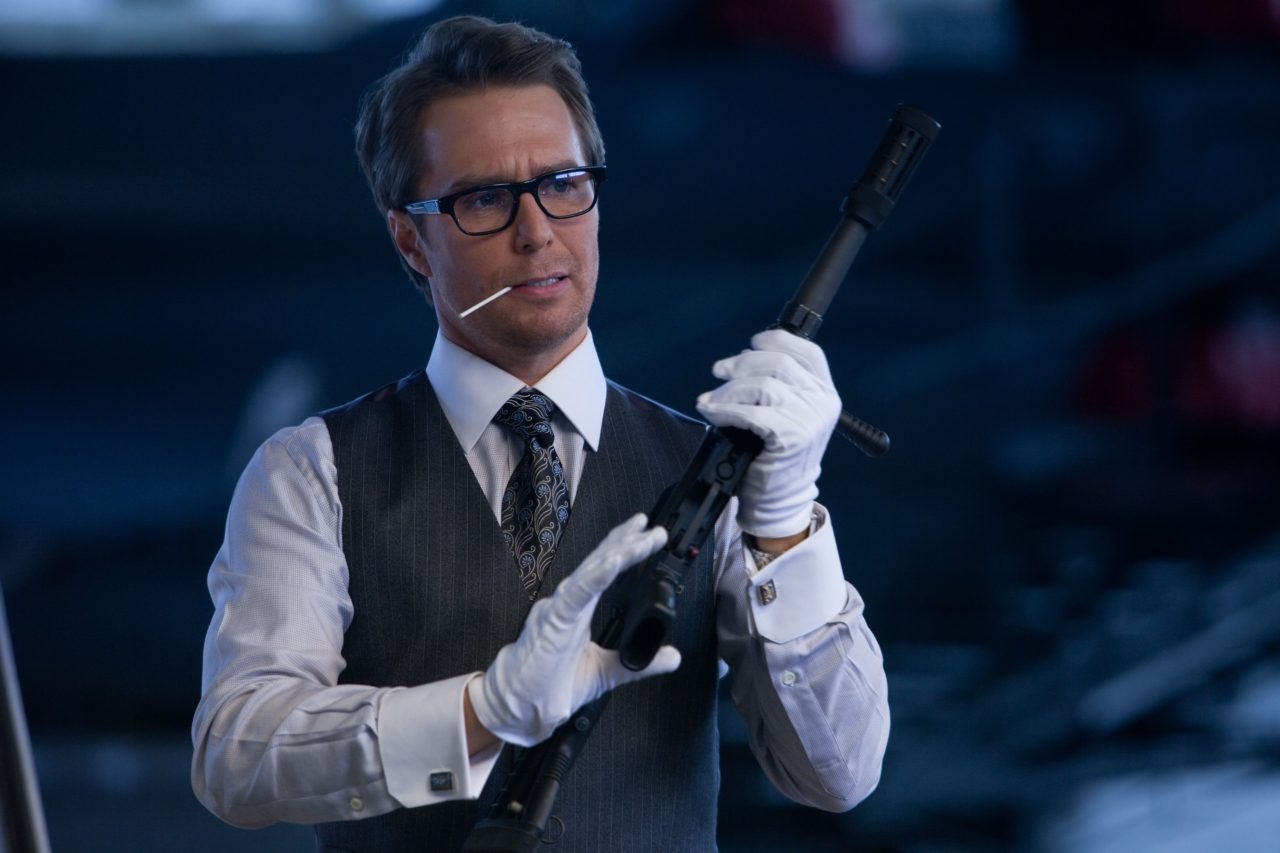
Sometimes a little comedy goes a long way. Iron Man 2 is a bad movie, but Sam Rockwell’s Justin Hammer is an absolute delight the entire way through. He’s also an interesting villain! The sequel forces Tony to face the consequences of going public with his Iron Man confession, but Hammer represents the fact that when Tony outed himself as Iron Man, he painted a giant target on his back. Hammer is an opportunist, and the technology that fuels the Iron Man suit is coveted by those looking for fame and glory, like Hammer. Rockwell plays the character with flair and gusto, and he’s quite literally the only reason that scenes involving Mickey Rourke’s dead-fish-like Whiplash are watchable. — Adam Chitwood
11. The High Evolutionary — Guardians of the Galaxy Vol. 3
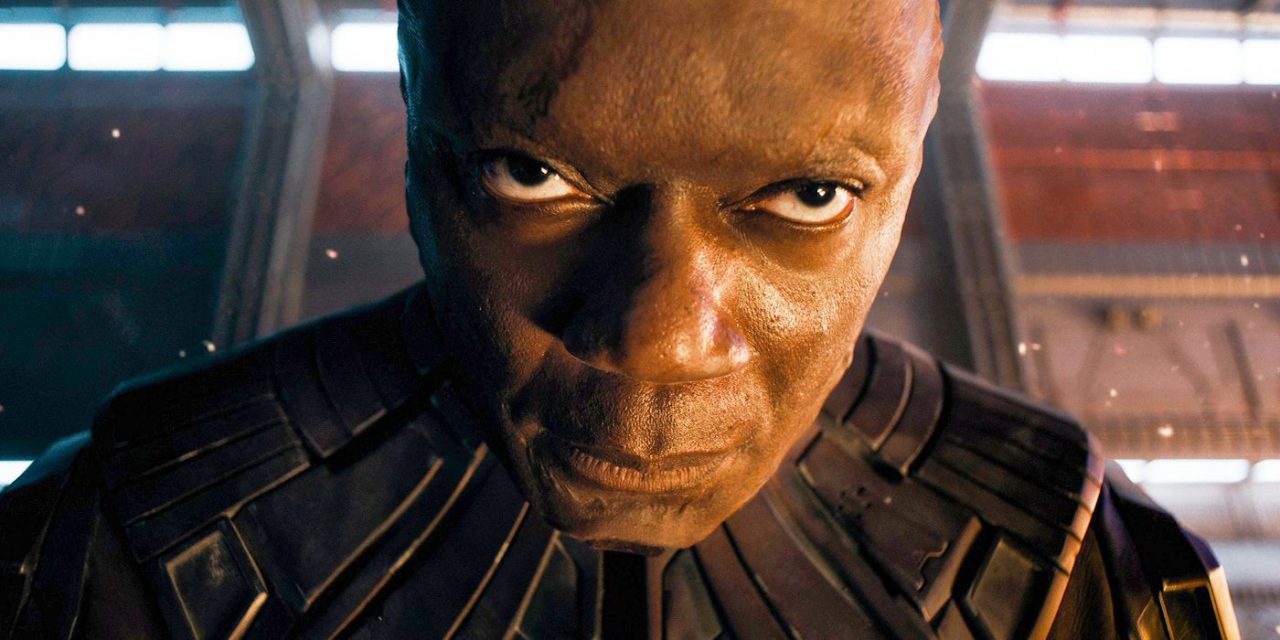
In recent years, Marvel has done an excellent job of creating villains that are complicated, villains that might be the antagonist, but have difficult pasts that make them understandable, despite their nefarious means. Enemies like Killmonger and Namor have become almost as beloved as the heroes themselves. But sometimes, it’s nice to just have a villain who is deeply, unrepentantly evil, a villain who is nothing but pure awfulness who we want to see our heroes destroy. That’s certainly the case with Chukwudi Iwuji‘s The High Evolutionary, a man who believes himself a god, wants to create a new world in his image, and will even torture and experiment on adorable animals to make his plans come together. The High Evolutionary is a maniac, and while it’s great to have well-rounded villains, sometimes, it’s just great to have someone who revels in evil. — Ross Bonaime
10. Obadiah Stane/Iron Monger – Iron Man
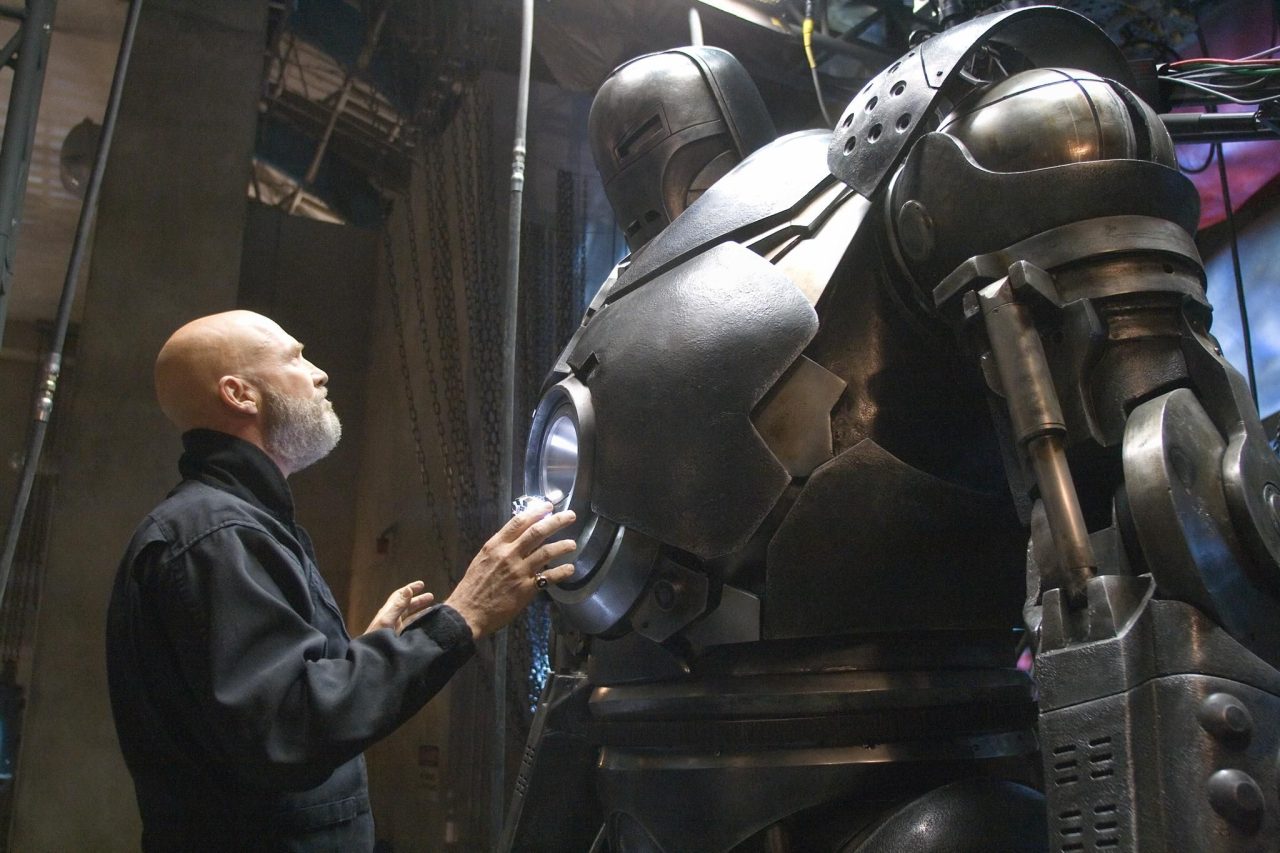
The list of MCU villains that are actually meaty is admittedly short, but the studio actually kind of nailed it with their first outing, Iron Man. Granted, the smaller scale of the film necessitated a villain who was more familiar, and Jeff Bridges brings Obadiah Stane and his alter ego Iron Monger to life in a very Jeff Bridges manner. There’s a swagger to the character that almost makes him more menacing, and the tension that fills the scene in which Pepper (Gwyneth Paltrow) is nearly caught stealing files off of Stane’s computer is played entirely off of Bridges’ demeanor and facial expressions. It’s refreshingly intimate, especially considering the villains and films to come, and it remains one of Marvel’s best. — Adam Chitwood
9. Kang the Conquerer — Ant-Man and the Wasp: Quantumania

While we’ve met He Who Remains in Loki, who warns of Kang, we don’t meet the Conquerer until Ant-Man and the Wasp: Quantumania, and he immediately steals the show from Paul Rudd, Evangeline Lilly, and the rest of the cast. With Quantumania, the MCU is really setting up Kang as the next big bad for the next few phases, and thanks to Majors’ performance, it’s easy to get excited about the many different variants we might see in the future. In this first exposure to Kang, we meet the exiled Conquerer attempting to escape the Quantum Realm, desperate to get back to exploring the multiverse and causing havoc among the many different possibilities. Quantumania explains that there are many different variants of Kang that are coming in the future, and after this first meeting, it’s hard not to get excited about more Kang in the future. — Ross Bonaime
8. Red Skull – Captain America: The First Avenger

It’s a shame that Hugo Weaving didn’t seem to enjoy his time in the MCU, because his villainous Red Skull remains one of Marvel’s absolute best antagonists to date. The World War II setting of Captain America: The First Avenger necessitated a period-appropriate villain, and Weaving’s Nazi scientist Red Skull is the perfect fit. Weaving brings a terrifying stoicism and focus to the role that telegraphs Red Skull will let nothing and no one get in his way, and the way he kind of just blows Captain America off sets the tone for their relationship. And while it’d be great to see Weaving reprise the role, perhaps we look back on the character so fondly because we’re left wanting more. — Adam Chitwood
7. The Mandarin/Trevor Slattery – Iron Man 3
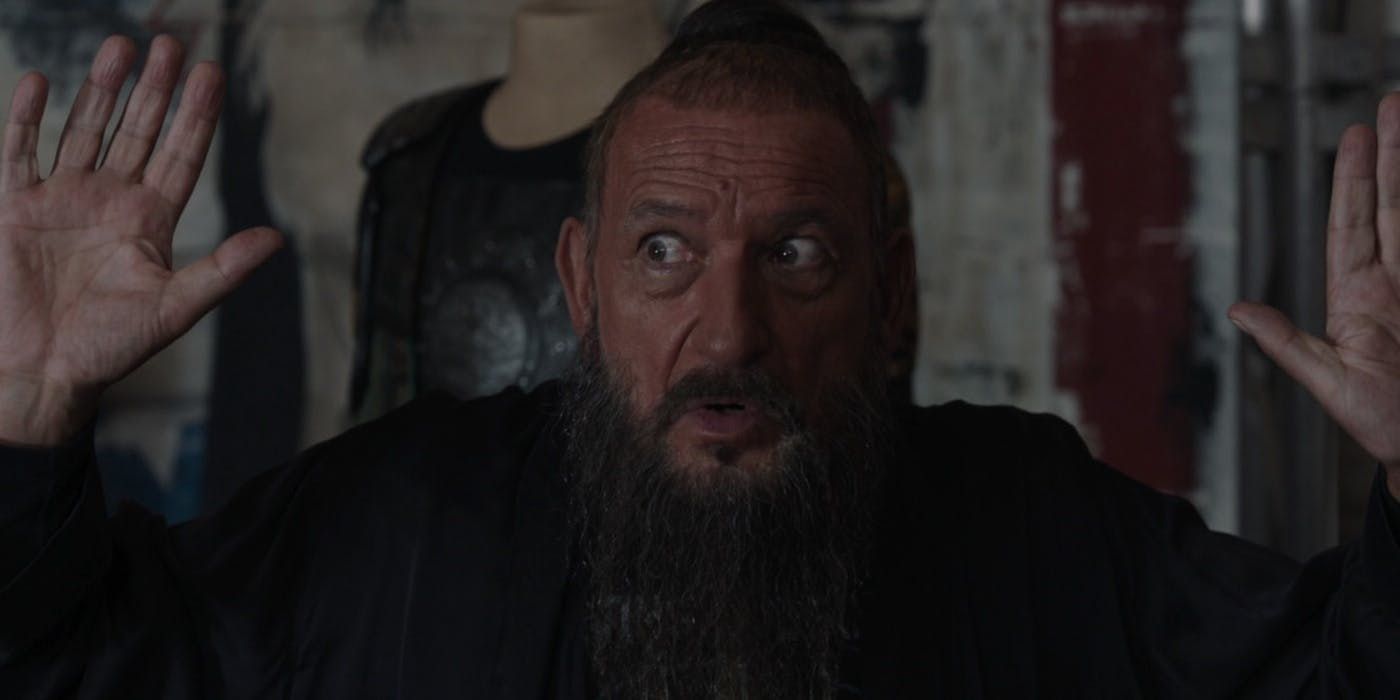
Okay, hear me out. Fans were clamoring for the Iron Man movies to finally tackle the character’s most famous villain, The Mandarin. The big problem there was the character in the comics is actually a pretty racist caricature, so the prospect of making him contemporary proved difficult. Enter Iron Man 3 writers Shane Black and Drew Pearce, who had the crazy idea to portray The Mandarin as a theatrical façade for the much more nefarious and shadowy Ten Rings. Black has a knack for subverting expectations, and revealing The Mandarin as a drunk, classically trained British actor throws both the audience and Tony for a loop while putting the film into an entirely different context. Sir Ben Kingsley nails this role, proving formidable for the first half of the film (if a bit ridiculous) and then hilarious after the reveal. It may be divisive, and it may go against the grain, but that’s precisely why it’s so great. It’s different, it’s risky, and it’s utterly unique.
Put it this way: I’d rather kick back and enjoy a fake-out villain like Trevor Slattery 10 times over than be forced to sit through another “going-through-the-motions” forgettable baddie like Malekith or Kaecilius. — Adam Chitwood
6. Adrian Toomes – Spider-Man: Homecoming
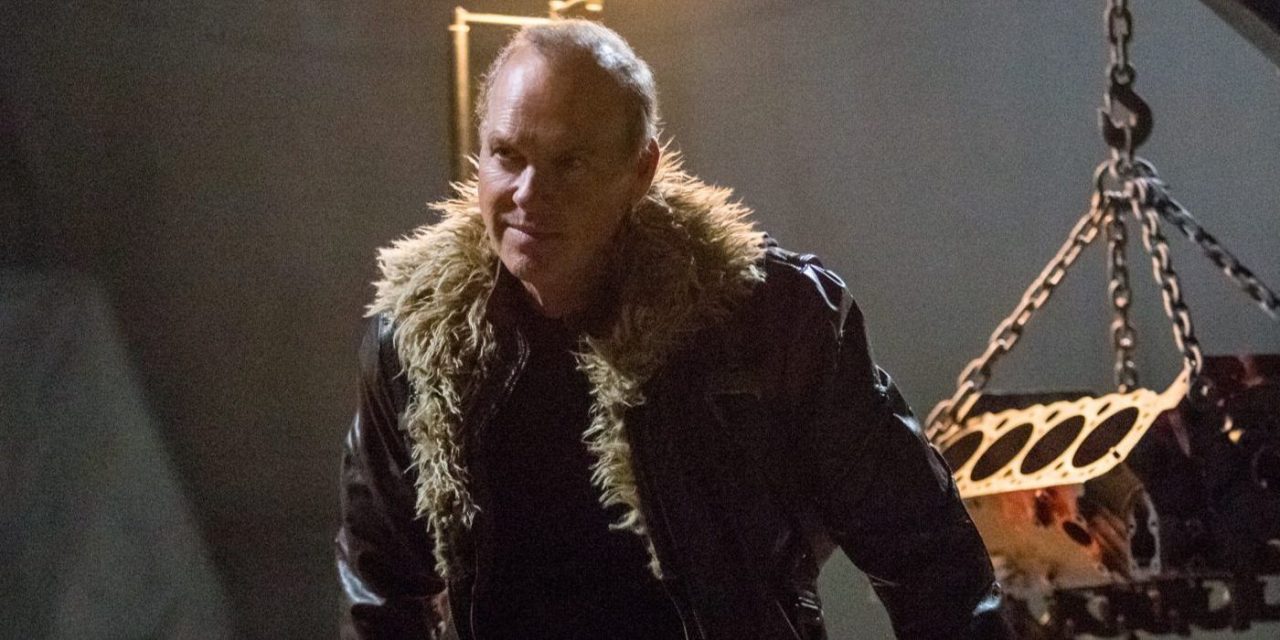
Marvel has a habit of somewhat wasting talent when it comes to the actors that fill their villain roles, but boy what a breath of fresh air Michael Keaton was in Spider-Man: Homecoming. His character Adrian Toomes initially appears to just be another semi-interesting spin on a baddie—a blue collar worker spurned by Tony Stark who sets out to make his own buck by shady means. That would have probably resulted in a fine, middle-of-the-road villain by MCU standards. But it’s the extra twist in the script that solidifies Toomes as one of Marvel’s best villains yet. In the third act, as Peter Parker (Tom Holland) goes to pick up Liz (Laura Harrier) for the dance, it’s revealed that Toomes is Liz’s father.
This not only dramatically increases the stakes of the movie, but it also ties inherently into the film’s underlying themes of what it’s like to be a high school kid. Parents of potential significant others are terrifying enough, but making the dad the actual villain ties right into the story while delightfully complicating matters. It also gives us one of the MCU’s best scenes ever, in the car when Toomes has “the talk” with Parker and lets him know he knows. And that’s why you cast Michael Keaton as the Big Bad. — Adam Chitwood
5. Green Goblin – Spider-Man: No Way Home
Vulture is an amazing new addition to Spider-Man’s already spectacular rogue’s gallery, but when it comes to Spidey villains, there’s only one person who could be considered the ultimate foe. Spider-Man: No Way Home took things a step further by bringing back the man who started it all: Norman Osborne. Plucked straight from the original Sam Raimi films, Willem DaFoe’s take on the Green Goblin is pure perfection for a number of reasons. For one, Willem DaFoe, who never ceases to have the time of his life playing the Marvel equivalent of the Joker. Secondly, No Way Home really plays into the more sympathetic side of Norman Osborne, otherwise known as the more sensible half to the more chaotic Goblin persona. Finally, and most importantly, no character has historically caused the most personal torment to Spider-Man. The Goblin’s presence was constantly felt over the entire Raimi trilogy, took the woman that Andrew Garfield’s Spider-Man loved, and finally murdered the MCU Peter Parker’s Aunt May. All of these elements combine for an end result that makes the unexpected return of the first Spider-Man movie villain faithful to the original, it may be even better. — Aidan Kelley
4. Xu Wenwu – Shang-Chi and the Legend of the Ten Rings
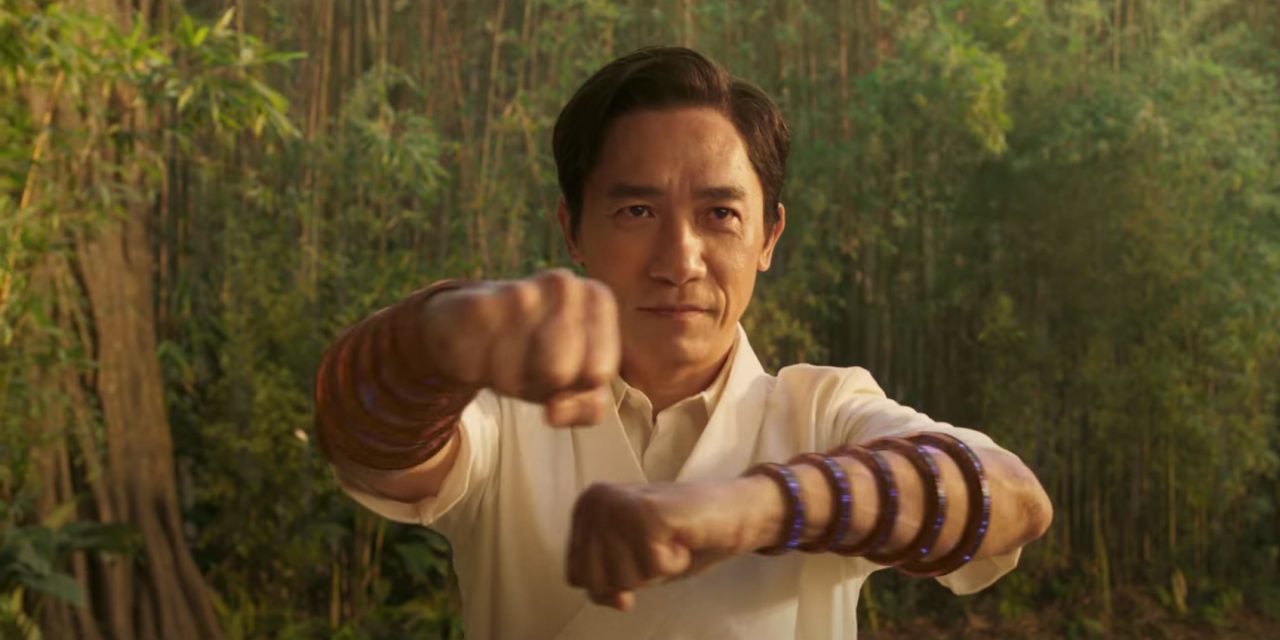
The best villains are those with whom we can empathize. The thread connecting the most forgettable MCU baddies are that we don’t really care or care to understand what it is they want. They exist simply to serve as a physical antagonist for our hero. But the brilliance of how Shang-Chi and the Legend of the Ten Rings constructs its protagonist/antagonist relationship is that it’s constantly subverting expectations. The entire introduction to the film allows us to understand where, exactly, Xu Wenwu is coming from and what motivates him, and the second act of the movie finds our protagonist and antagonist in close quarters, having a dialogue that allows Shang-Chi to better understand his father — or at least his father’s motivation. That makes the third act all the more satsifying, and all the more tragic, as Tony Leung Chiu-Wai sells the heck out of a man blinded by love and guilt to that point that it puts his family in harm’s way. Leung’s performance is beautifully layered, on top of the fact that he fully kicks ass. 24 films in, Marvel is still capable of surprising us, and of introducing us to some of the most memorable characters the MCU has unveiled thus far. — Adam Chitwood
3. Thanos – Avengers: Infinity War and Avengers: Endgame
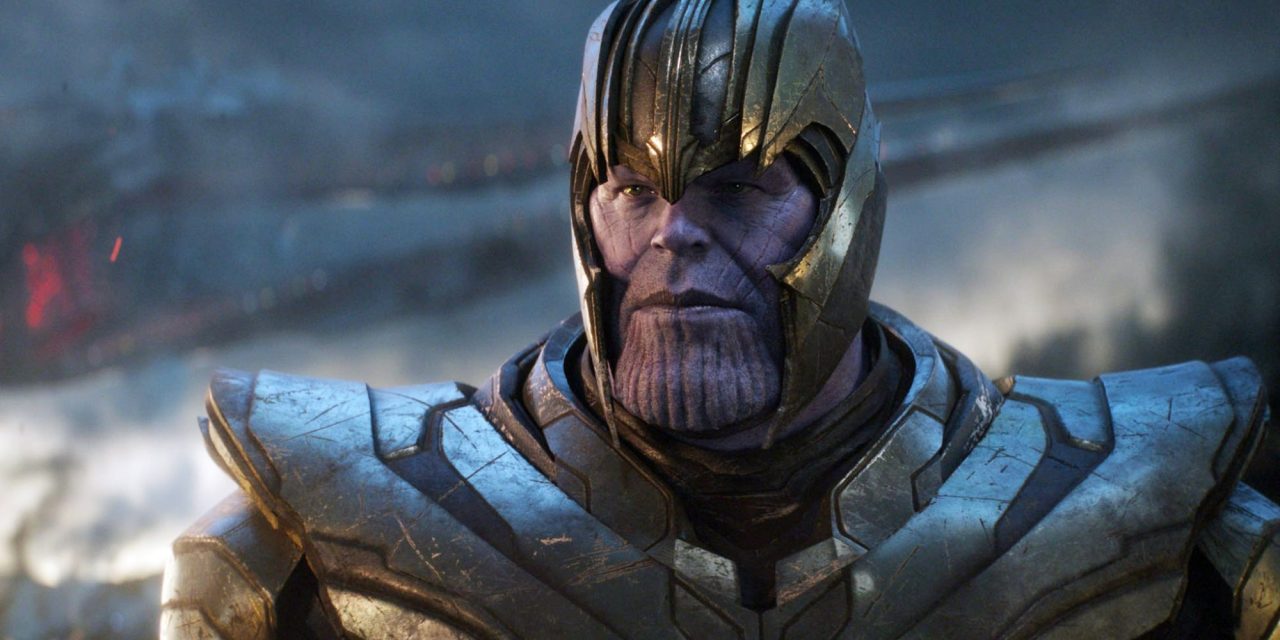
Possibly the most important task Avengers: Infinity War had was making Thanos an interesting and formidable villain. The character has been teased as the one pulling the strings since the end of The Avengers, but until Infinity War we had no motivation, no pathos, and certainly nothing to show for it—he had amassed exactly zero Infinity Stones until the events of Infinity War. So did Marvel succeed? Well, kinda.
In terms of impact on the MCU characters, yes, Thanos is the baddest of them all. He kills half the universe! But in terms of “best” villains—characters who are fascinating, charismatic, and dare I say empathetic—Thanos doesn’t quite top this list. Some hail Thanos as the best Marvel villain ever, and while I wouldn’t go that far, Infinity War does a fairly compelling job of fleshing Thanos out. Josh Brolin‘s performance has a lot to do with it, as the No Country for Old Men actor brings some much-needed humanity to the character. And there are a couple of scenes designed to flesh Thanos out as an emotional being that sort of work.
His motivation, however, is a bit shaky. Thanos wants to wipe out half the population of the universe, claiming that in doing so he’s sacrificing many to save many. By cutting down on overpopulation, Thanos believes the rest of the universe’s inhabitants will thrive. There are some allusions to Thanos’ backstory as motivation here and there, but ultimately we’re not given a super compelling reason why beyond “Thanos is deadly passionate about his political beliefs.” Which, sure, that’s certainly something that happens in reality, but in terms of dramatic effect it doesn’t quite do the trick.
There’s also the attempts at pathos with regards to Thanos’ relationship with Gamora, with an entire flashback designed to make the audience see Thanos as an emotional being. While the scene where Thanos sacrifices Gamora for the soul stone mostly works, ultimately we’re again not given a convincing enough reason as to why Thanos genuinely loves Gamora, especially as he’s simultaneously pulling his other daughter, Nebula, apart.
So yes, Infinity War mostly does a good job of making Thanos at the very least formidable—especially considering how many other characters the film has to juggle. When it comes time for Avengers: Endgame, Thanos largely takes a backseat to the OG Avengers, and while Past Thanos brings the fury in the film’s climactic moments, a formidable physical presence doesn’t overcome the character’s shortcomings in other departments. Is Thanos a good Marvel villain? Absolutely. Is he the best? Ehhh… — Adam Chitwood
2. Loki – Thor and The Avengers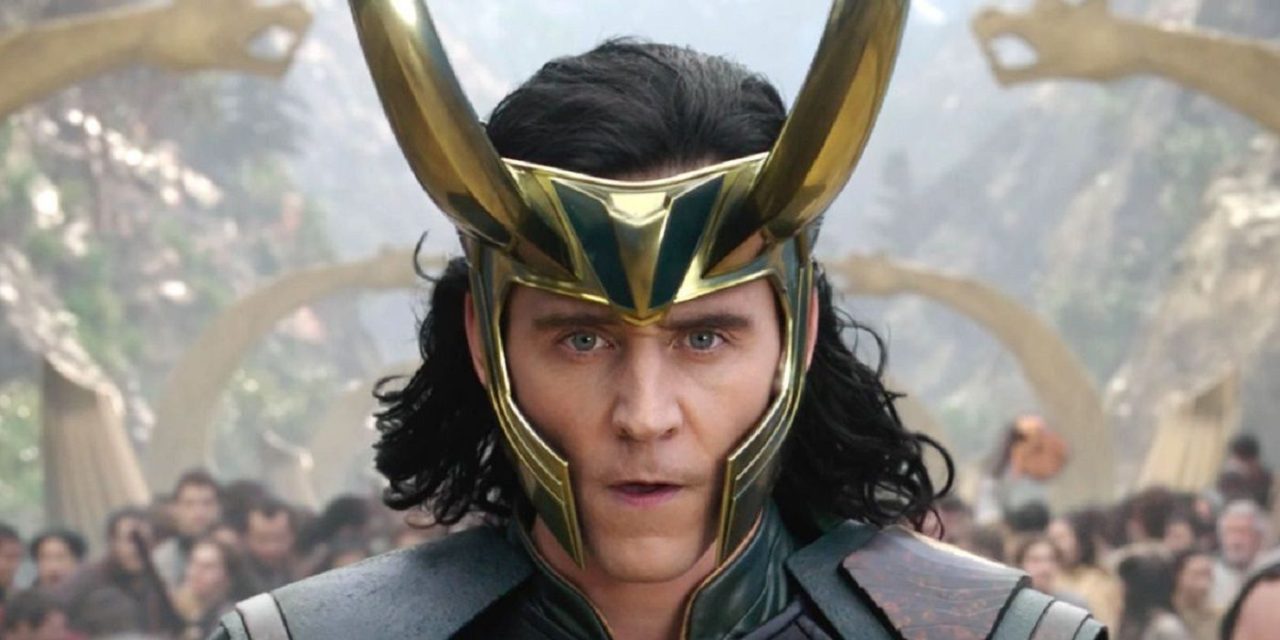
When it comes to the ultimate Marvel villain, Loki held that title for a long time. Not until our #1 appeared did a single other MCU villain match the pathos of Tom Hiddleston’s Loki, who basically stole Thor even before he was revealed to be an antagonistic force. We care about Loki, even when he’s doing awful things, and his story is ultimately one of tragedy. That’s what makes him compelling, and that’s what no other Marvel movie has been able to replicate. Granted, Loki got to build his pathos as a friendly face first before being outed as a baddie, but even in The Avengers there’s a dynamism to the performance and the role that makes it utterly watchable. While Loki made the turn more towards “good guy” in later MCU films, he remains one of the most interesting and layered antagonists Marvel has introduced thus far. Which is why he’s getting his very own Disney+ series. — Adam Chitwood
1. Killmonger – Black Panther
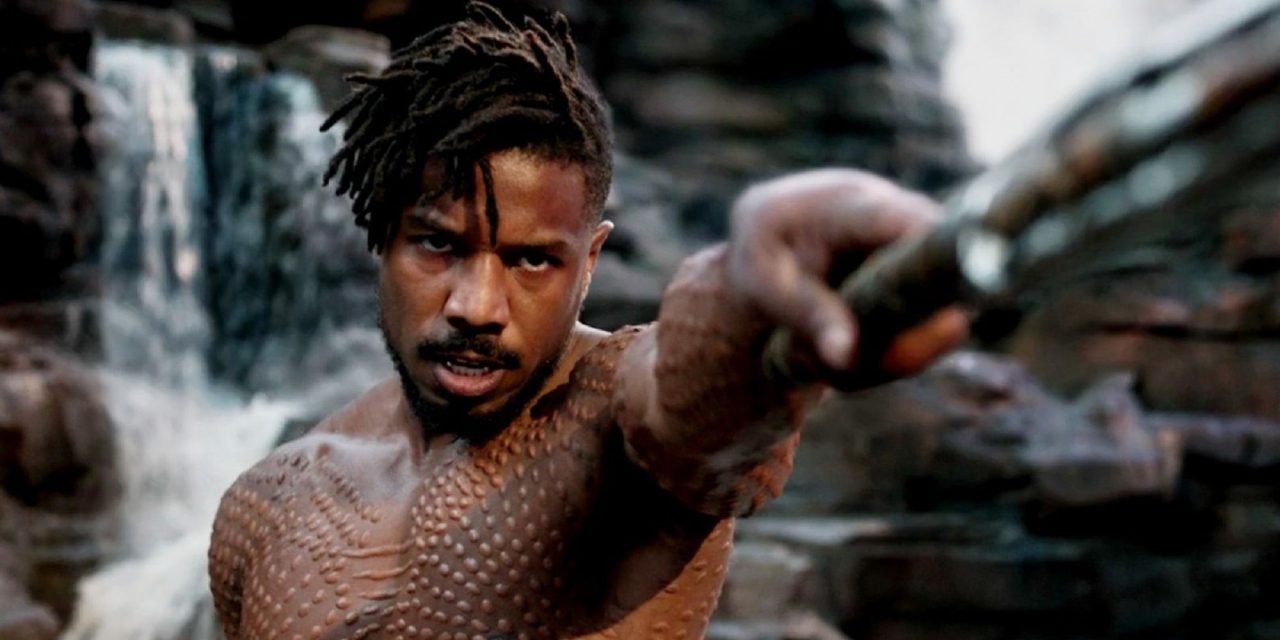
Black Panther is Marvel Studios’ most substantial film to date, and it achieved that through the precise, thoughtful, and bold creative vision of co-writer/director Ryan Coogler. That vision wasn’t just one of T’Challa (Chadwick Boseman) getting into fisticuffs with a threat to the Wakandan throne, but a story about the African experience contrasted with the African-American experience. The latter is embodied by Michael B. Jordan‘s Erik “Killmonger” Stevens, a Wakandan raised in America—an outsider to his own homeland. This character is written so well, so empathetically that it’s weird to even call him a villain. It’s easy to agree with Killmonger’s motives to share Wakandan technology to help the oppressed people of African decent all over the world, and even though his methods are extreme, you see his point. How rare is it to be moved to tears by a film’s antagonist? But that happens in Black Panther thanks to Jordan’s phenomenal performance and Coogler and Joe Robert Cole‘s pitch-perfect screenplay. Killmonger’s impact is deeply felt long after the credits roll, and I haven’t been able to get his parting words out of my head ever since I first saw the film: “Bury me in the ocean with my ancestors that jumped from the ships, because they knew death was better than bondage.” — Adam Chitwood



